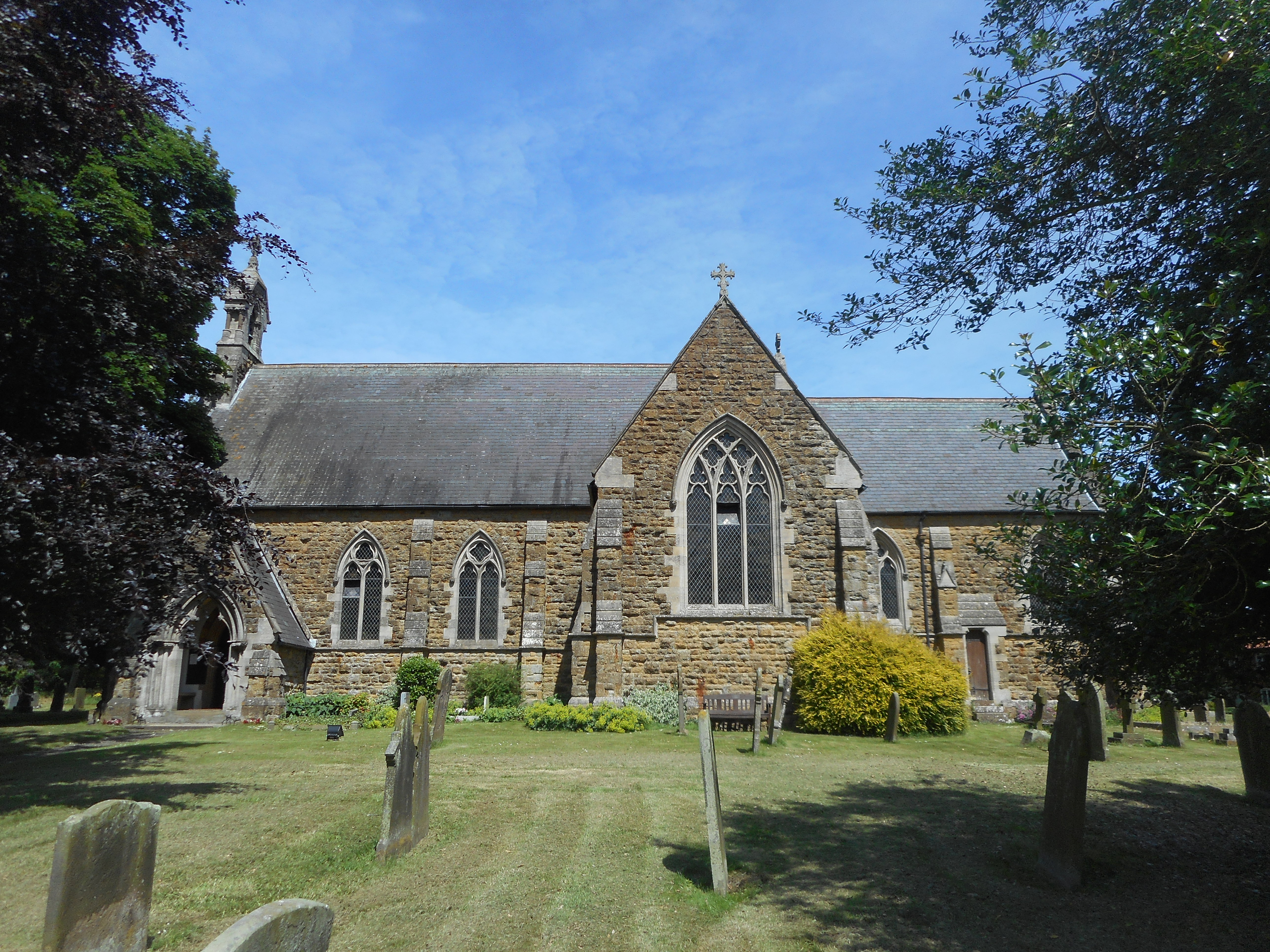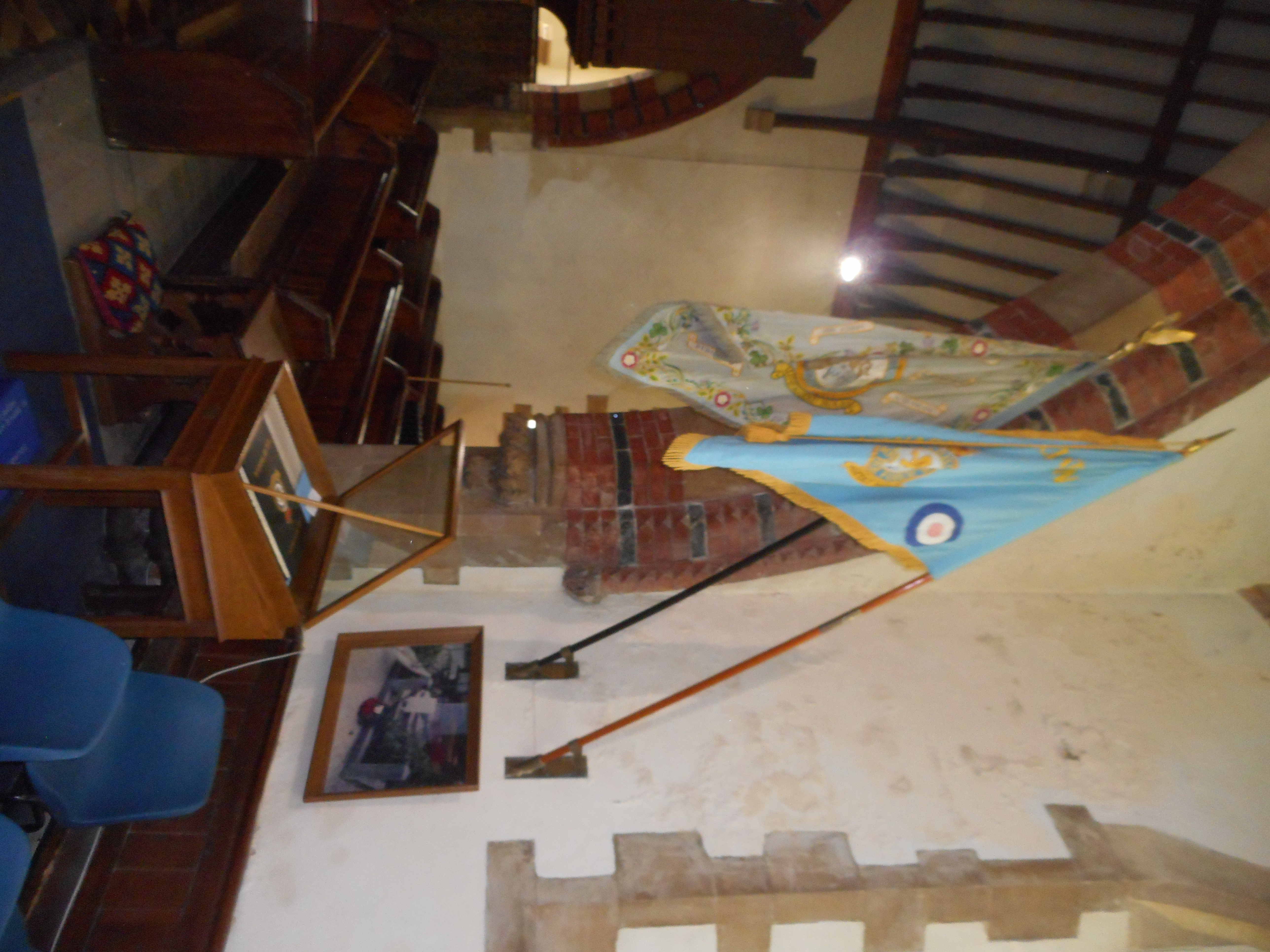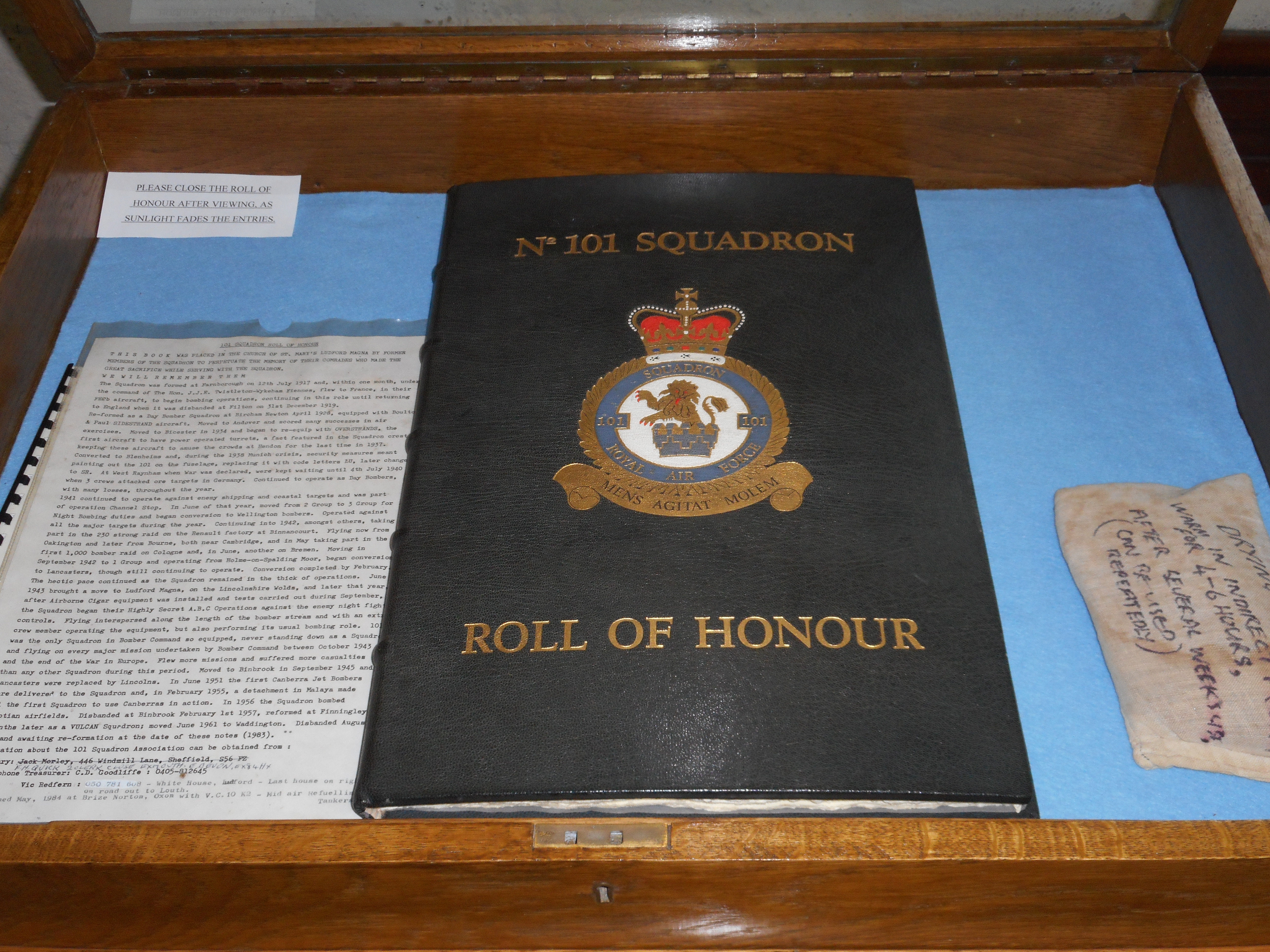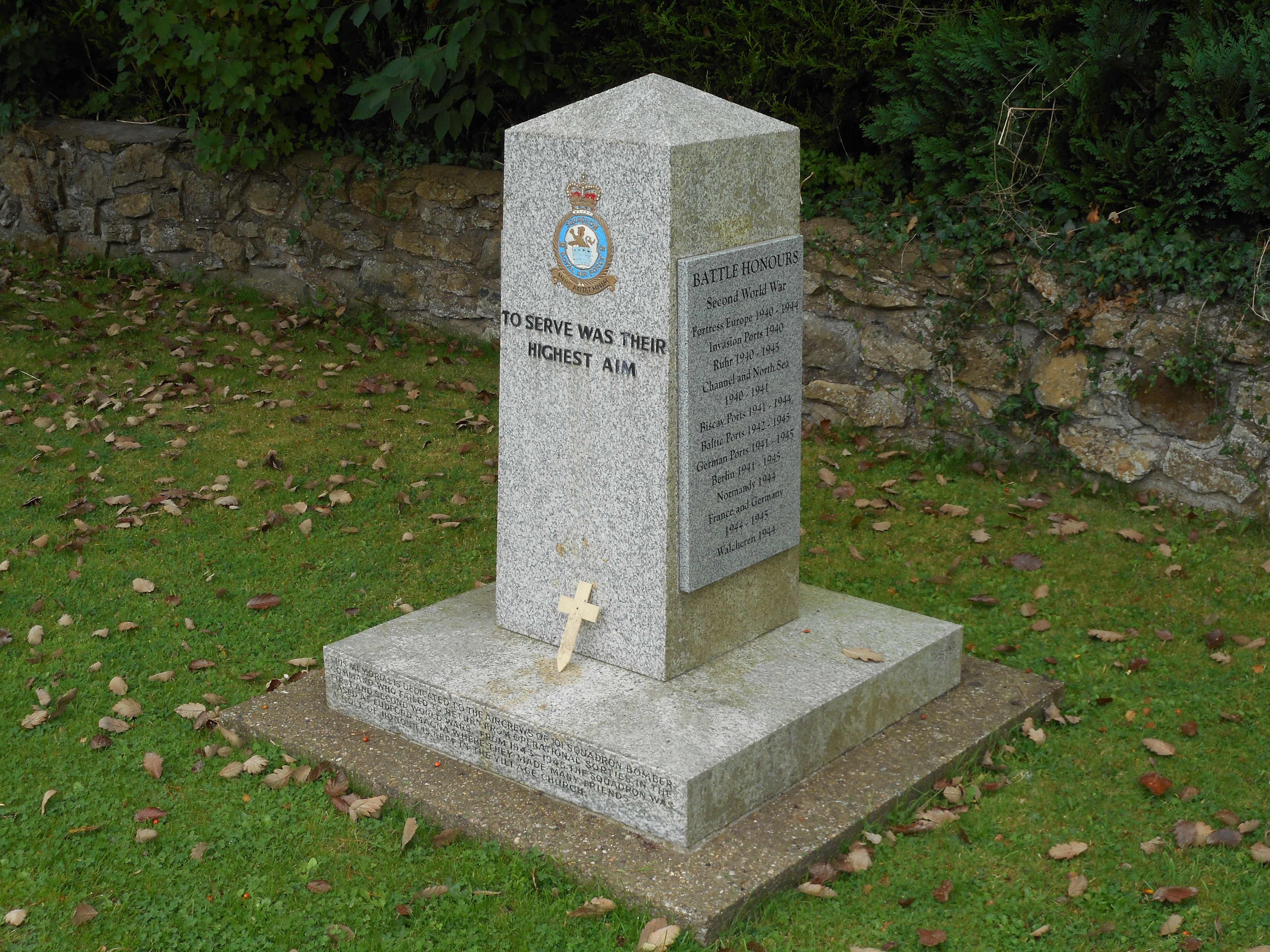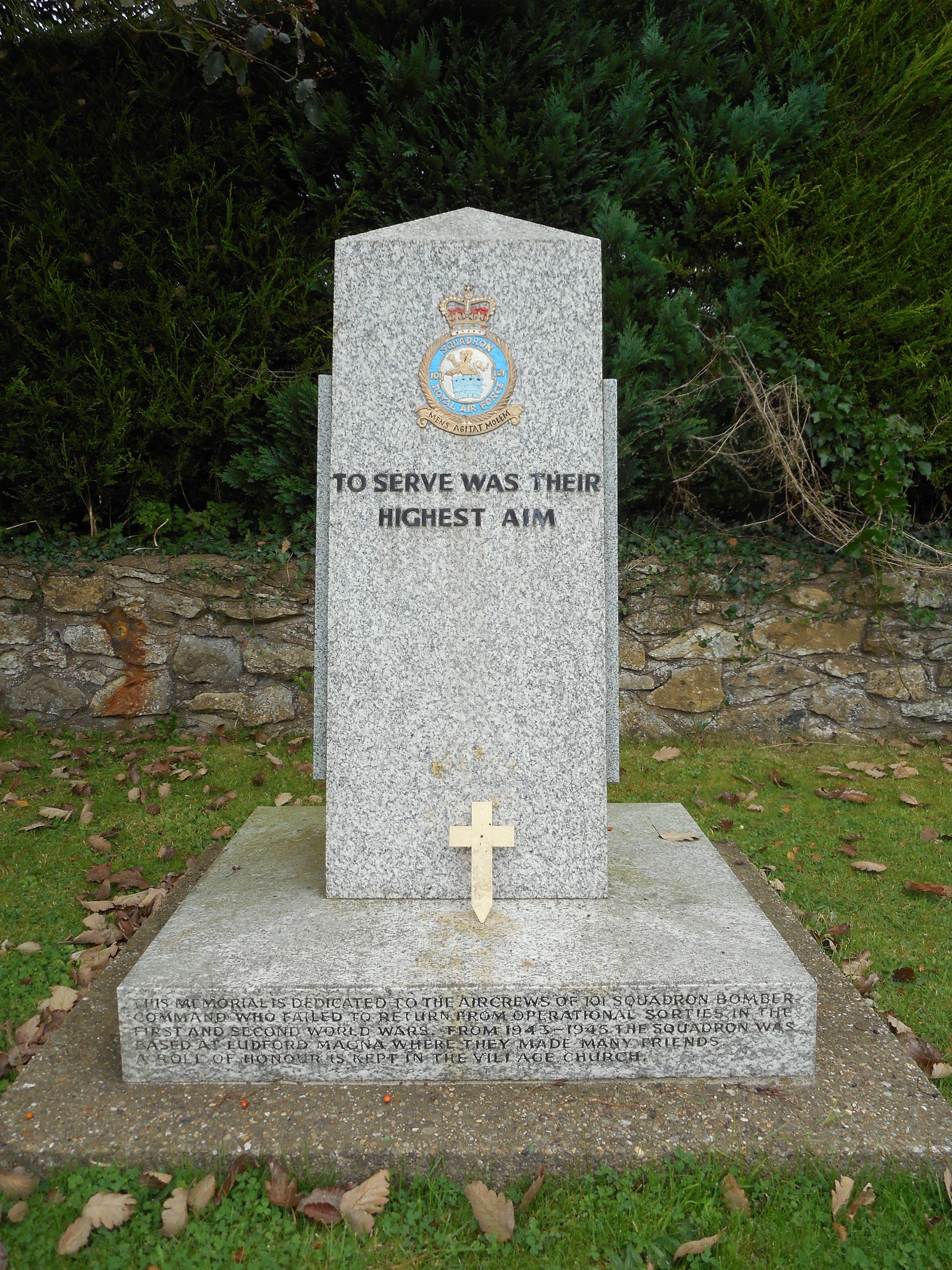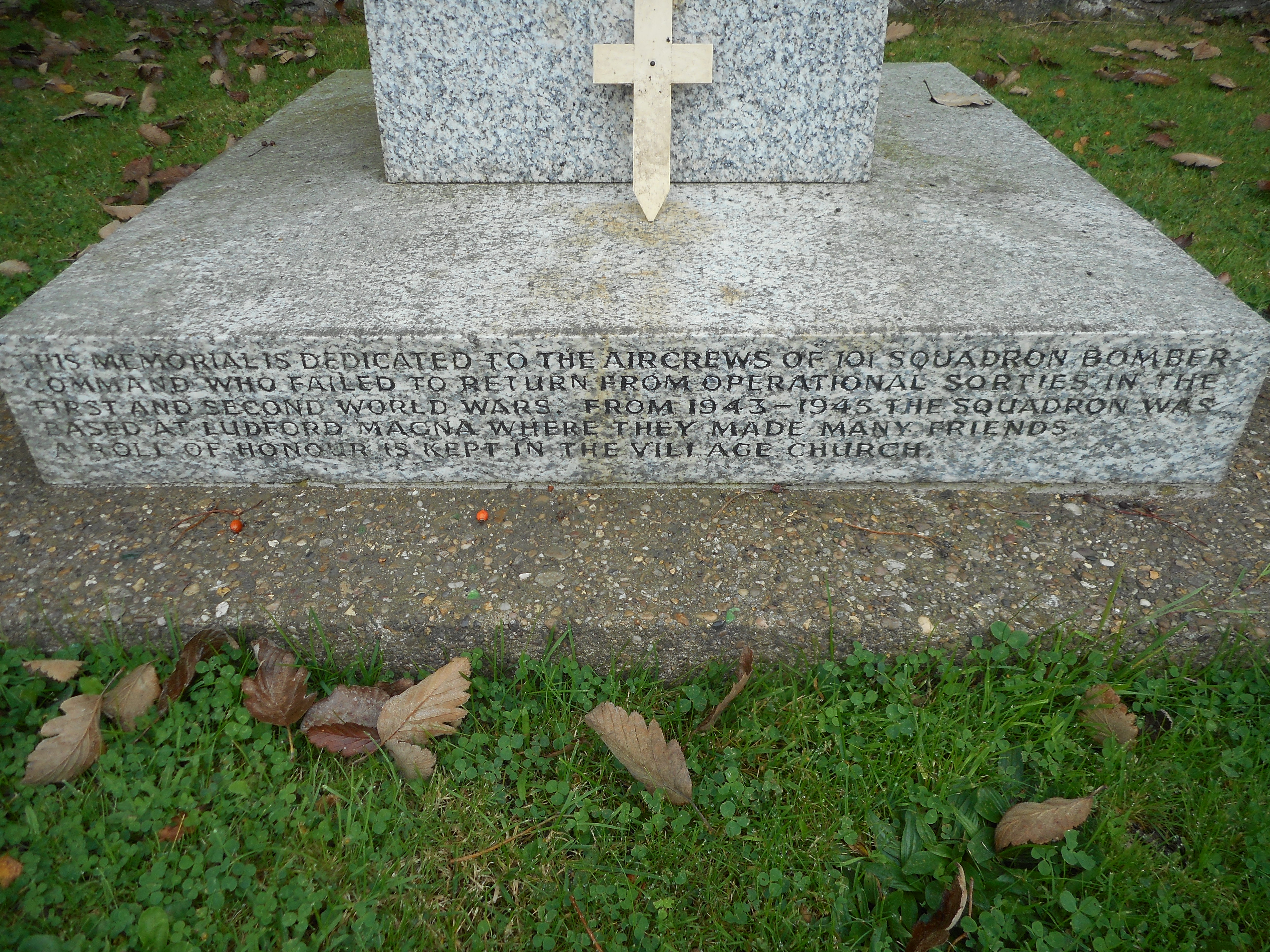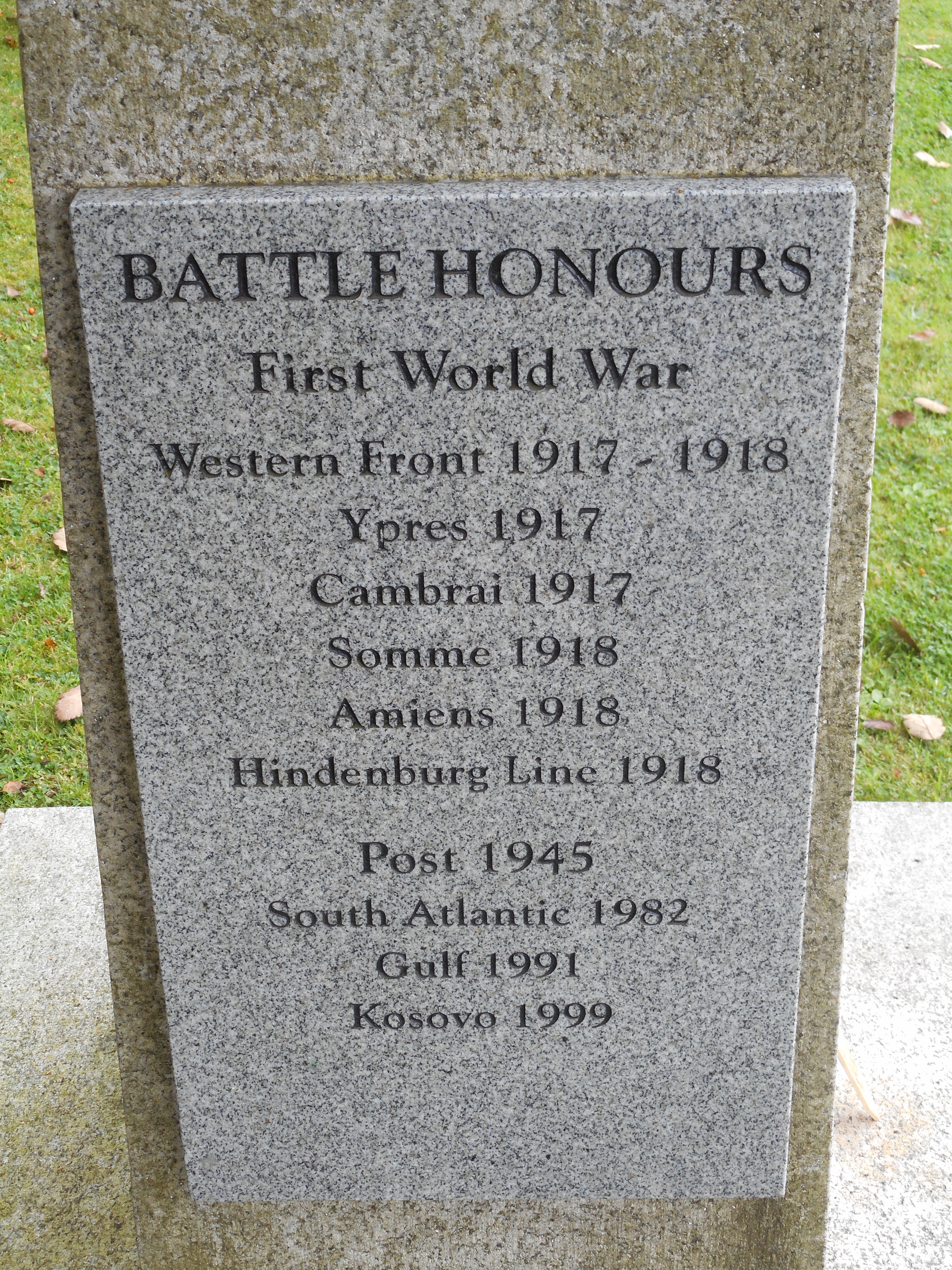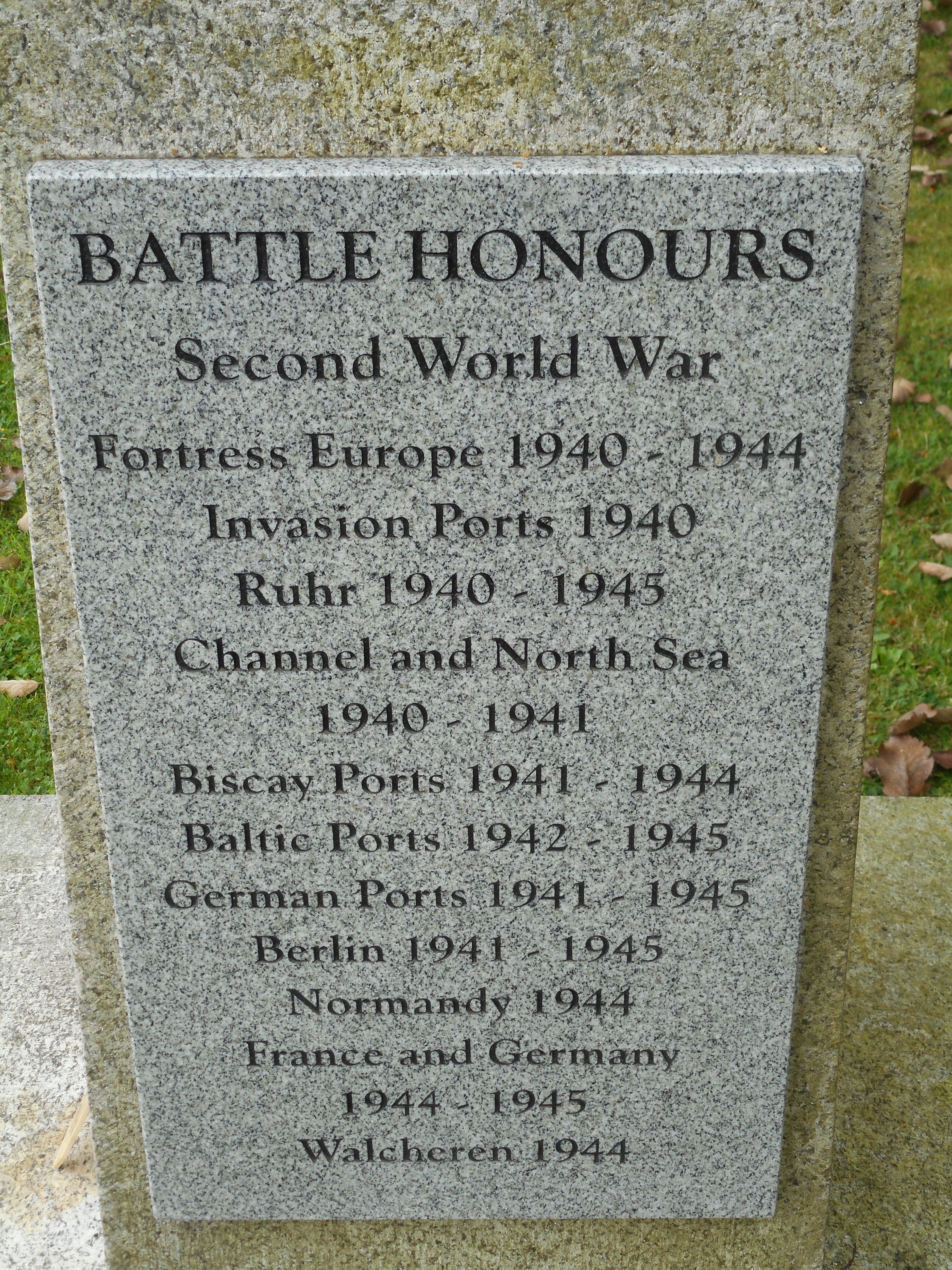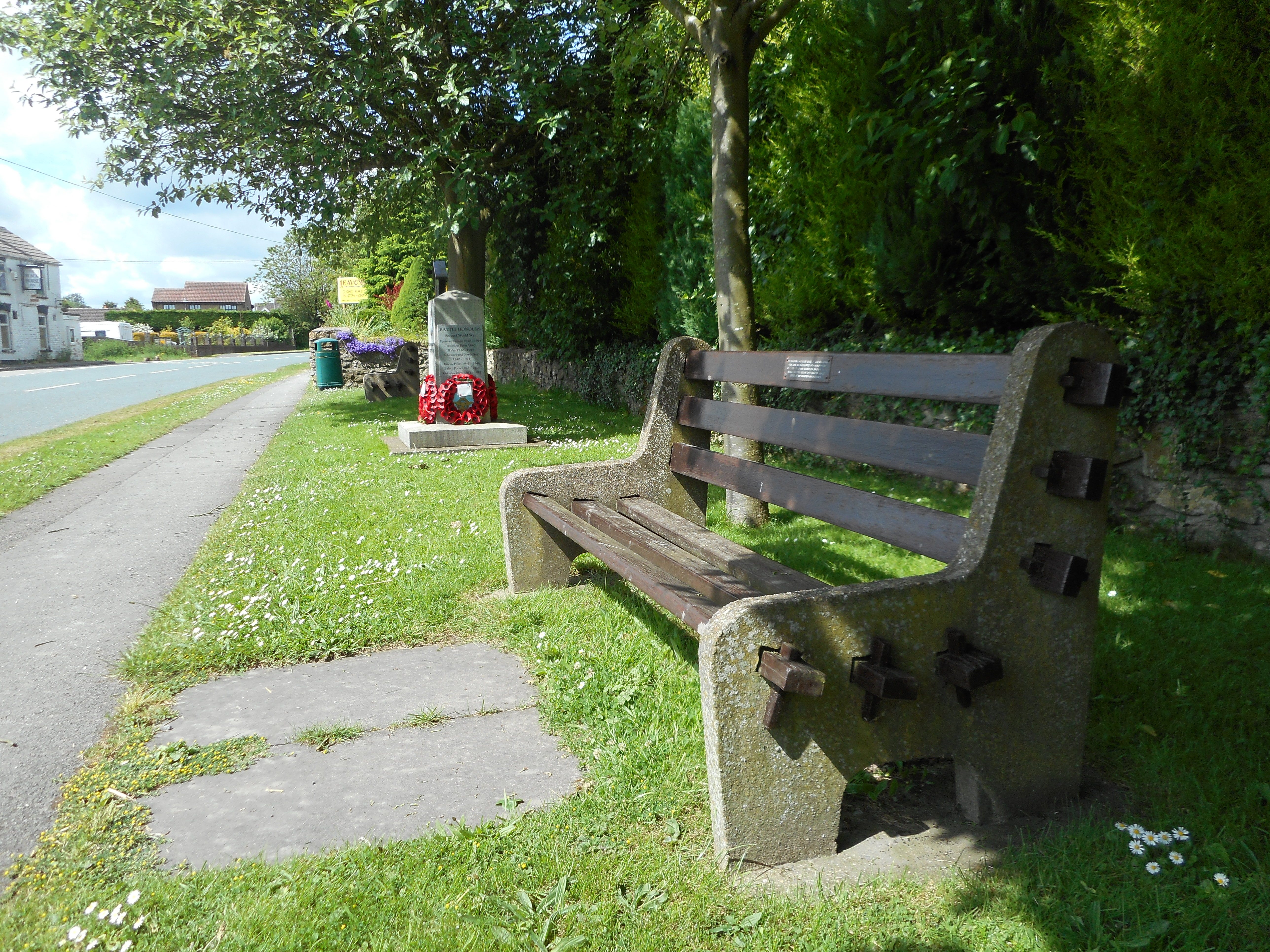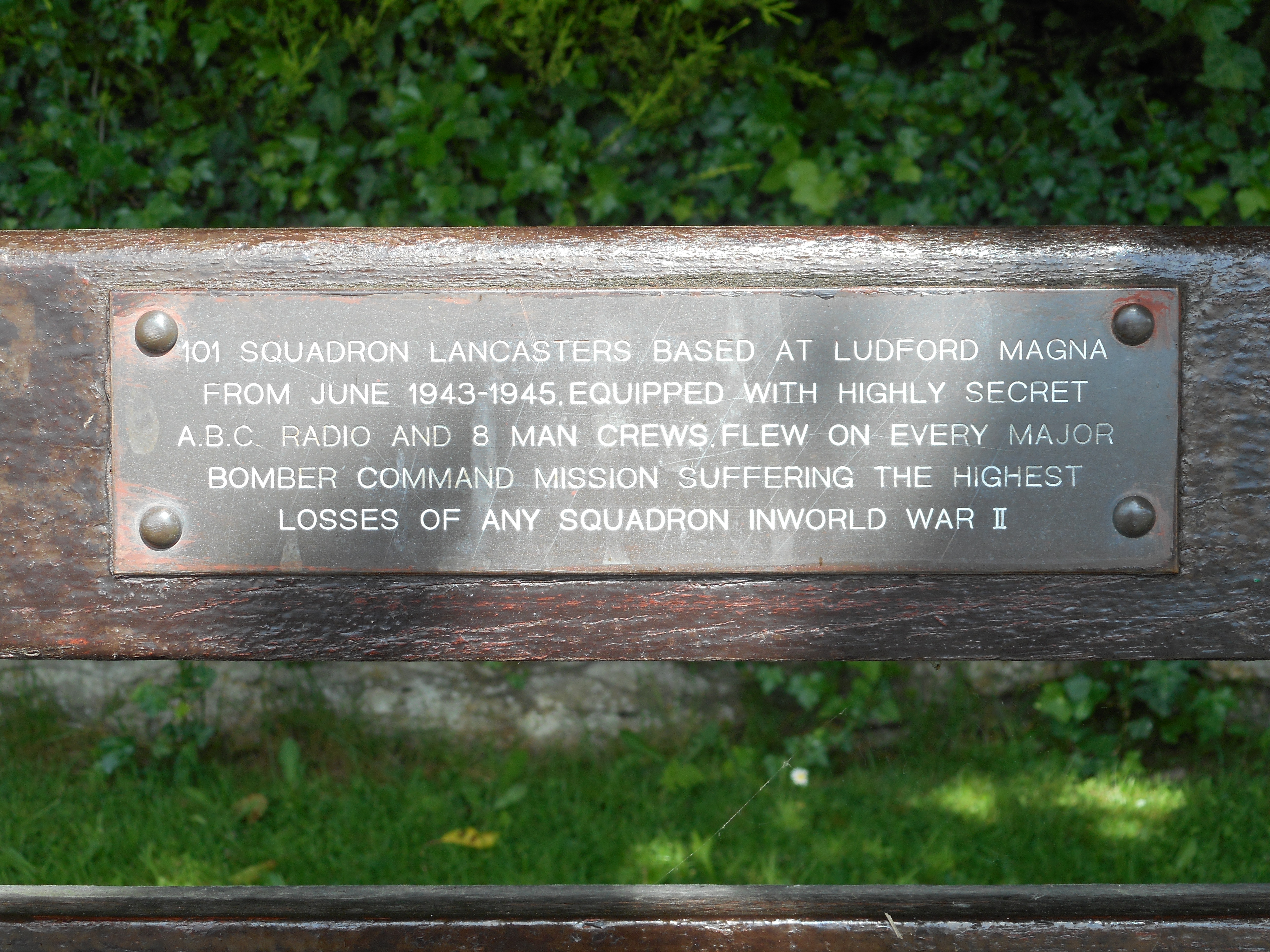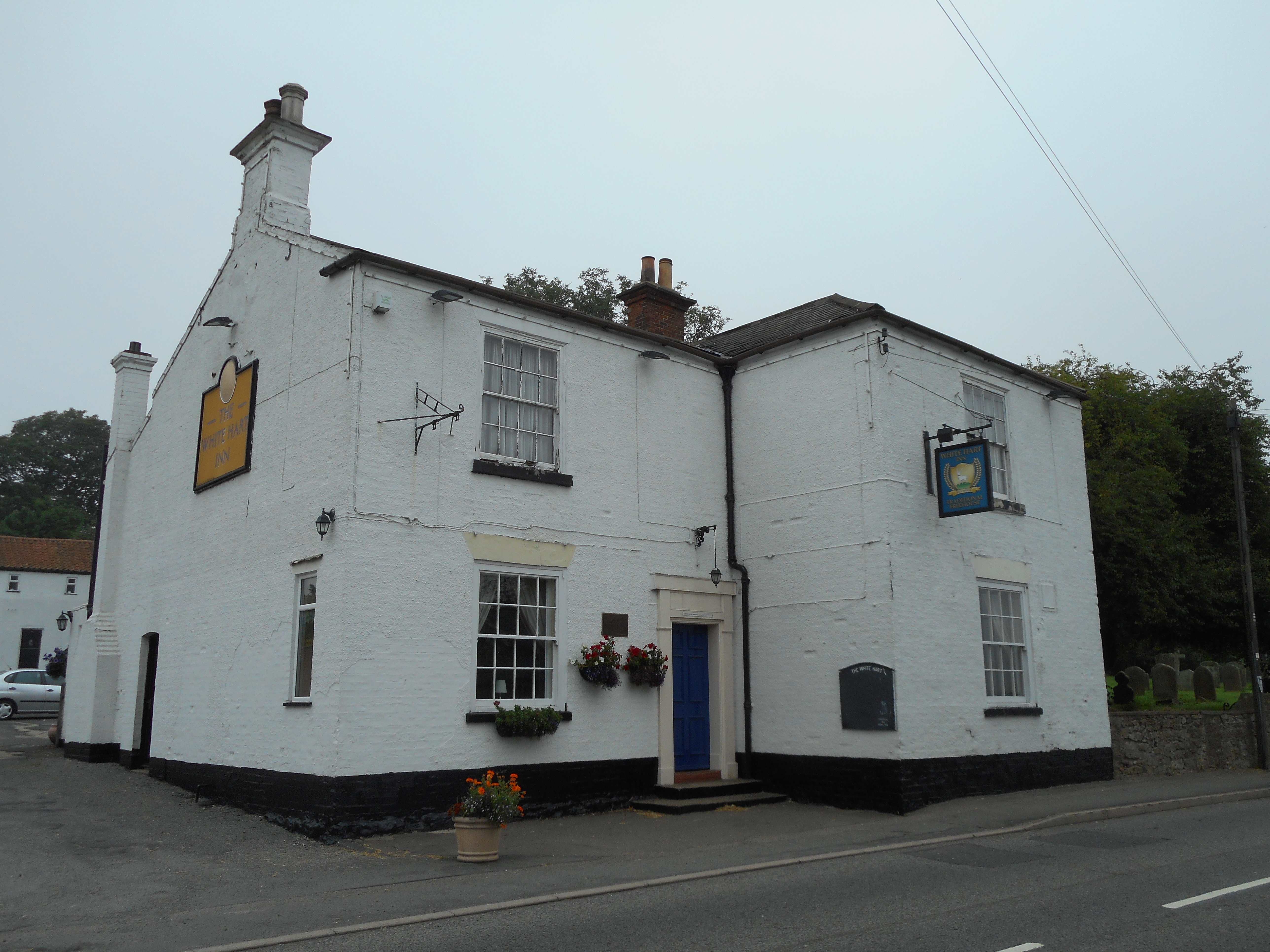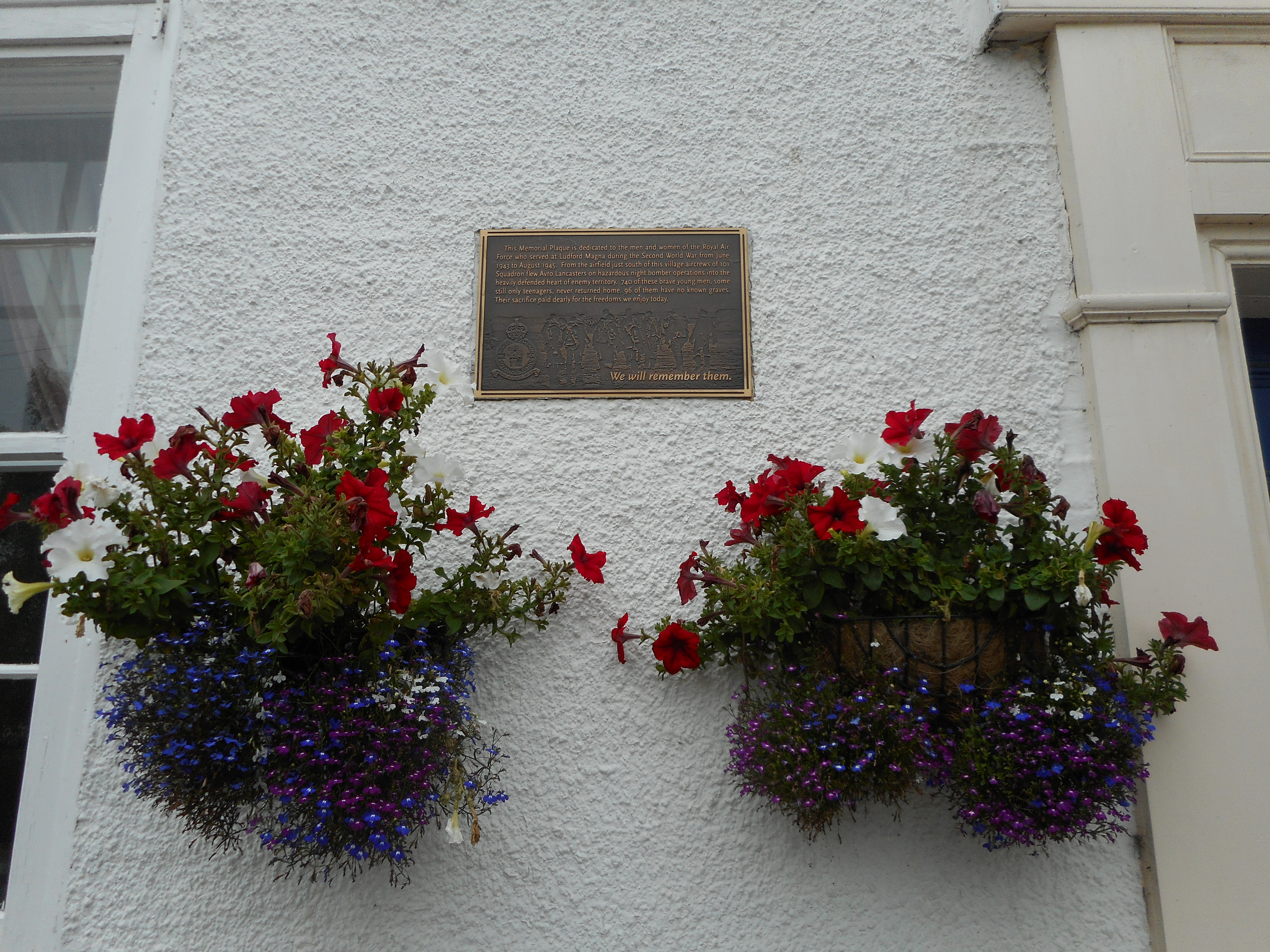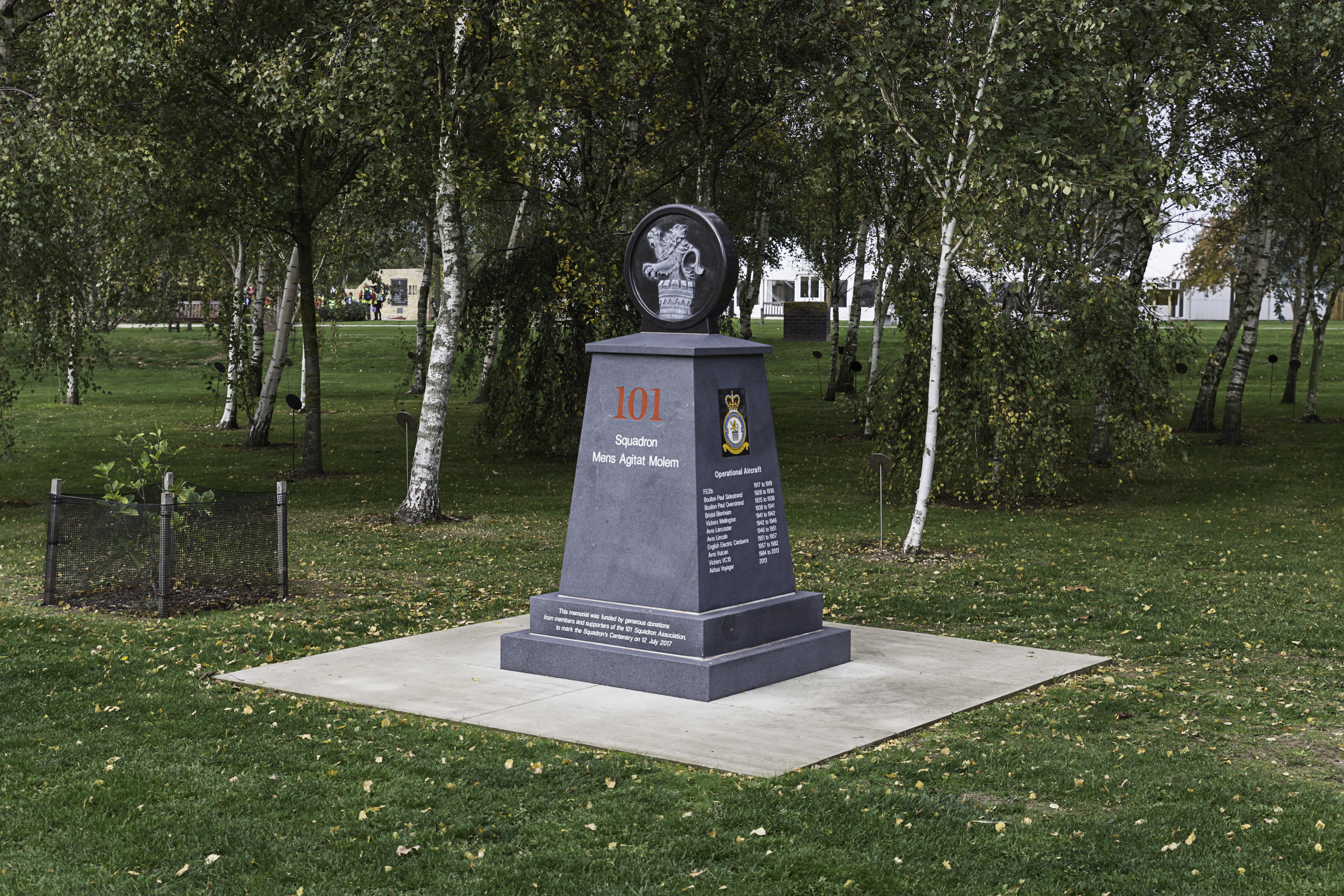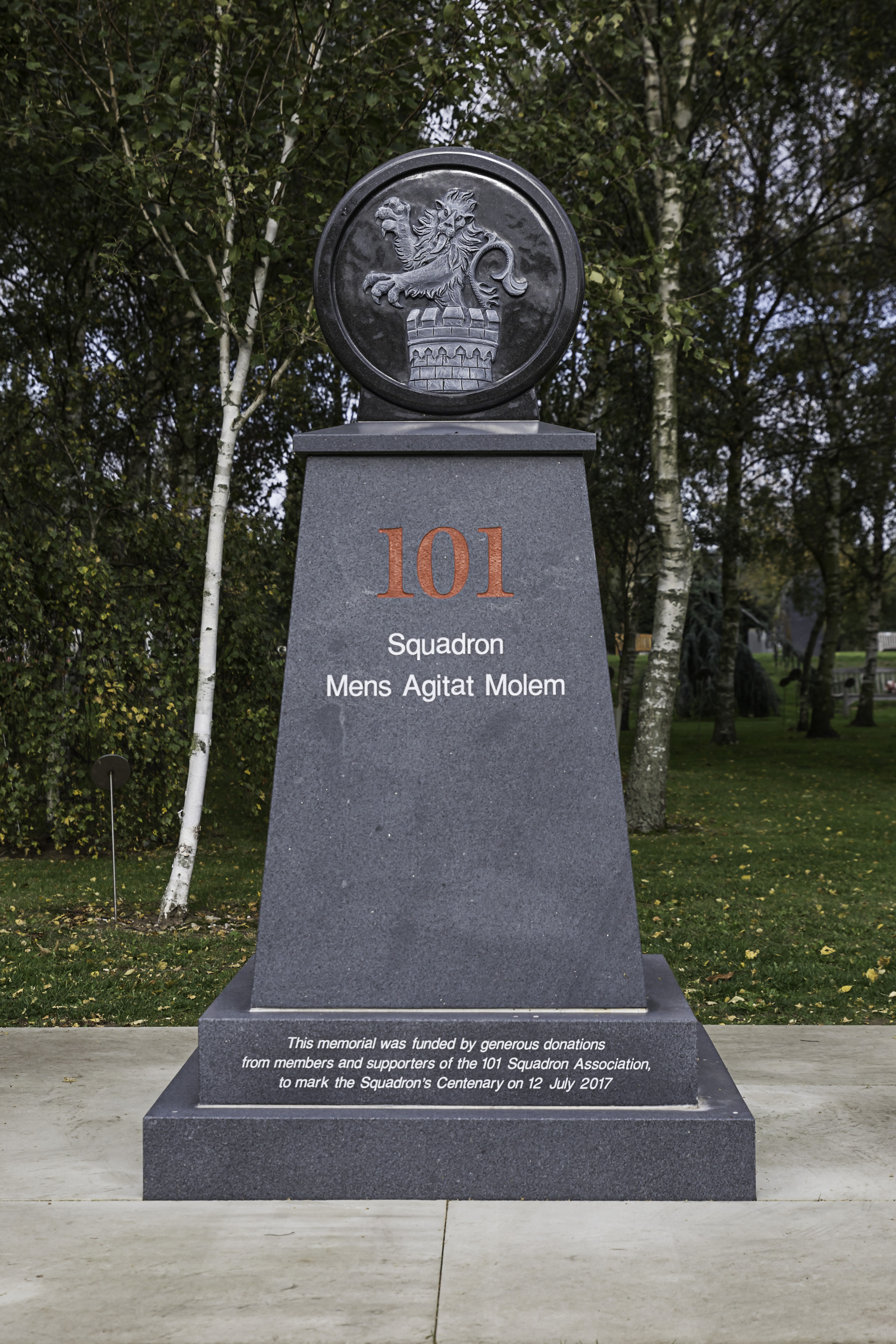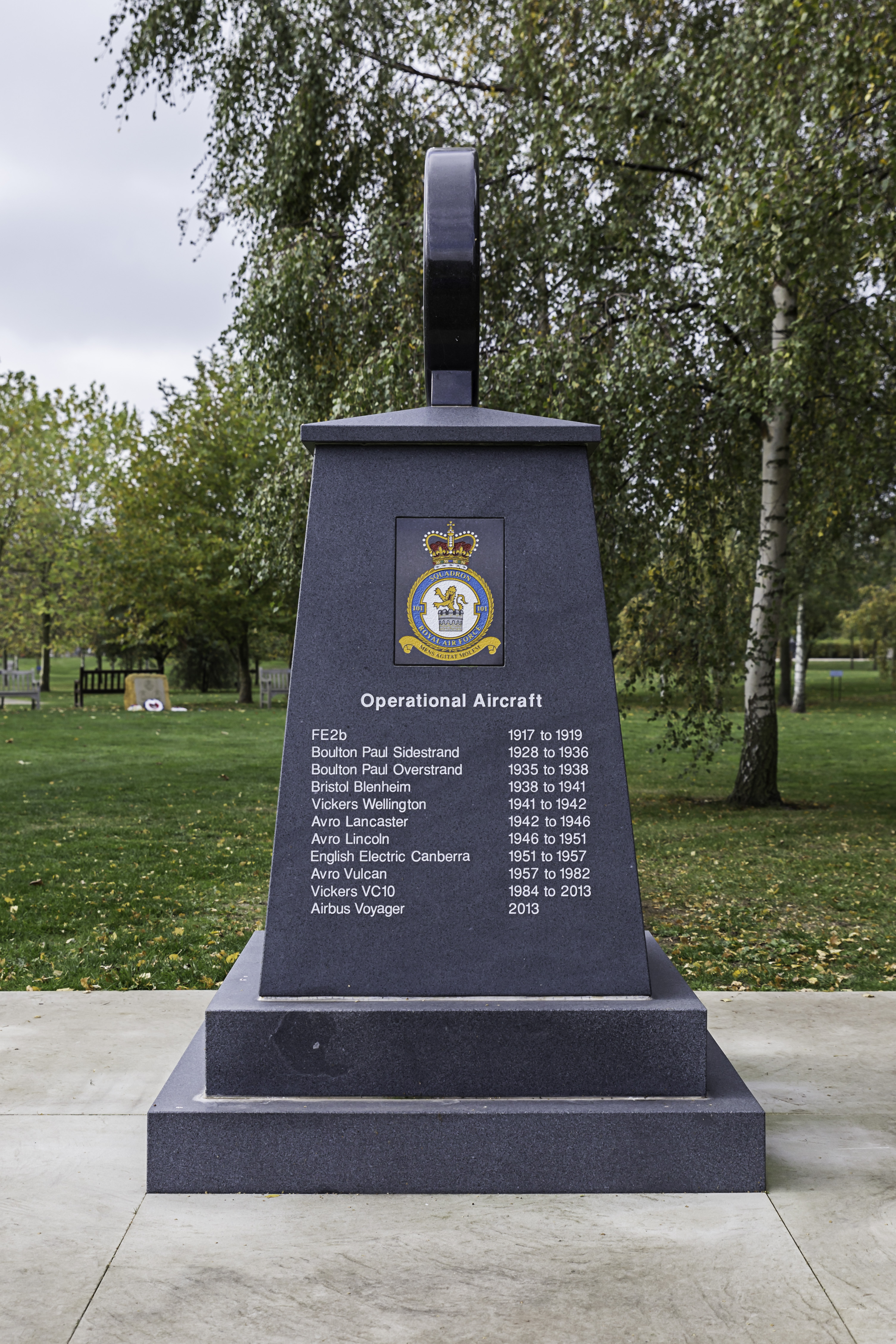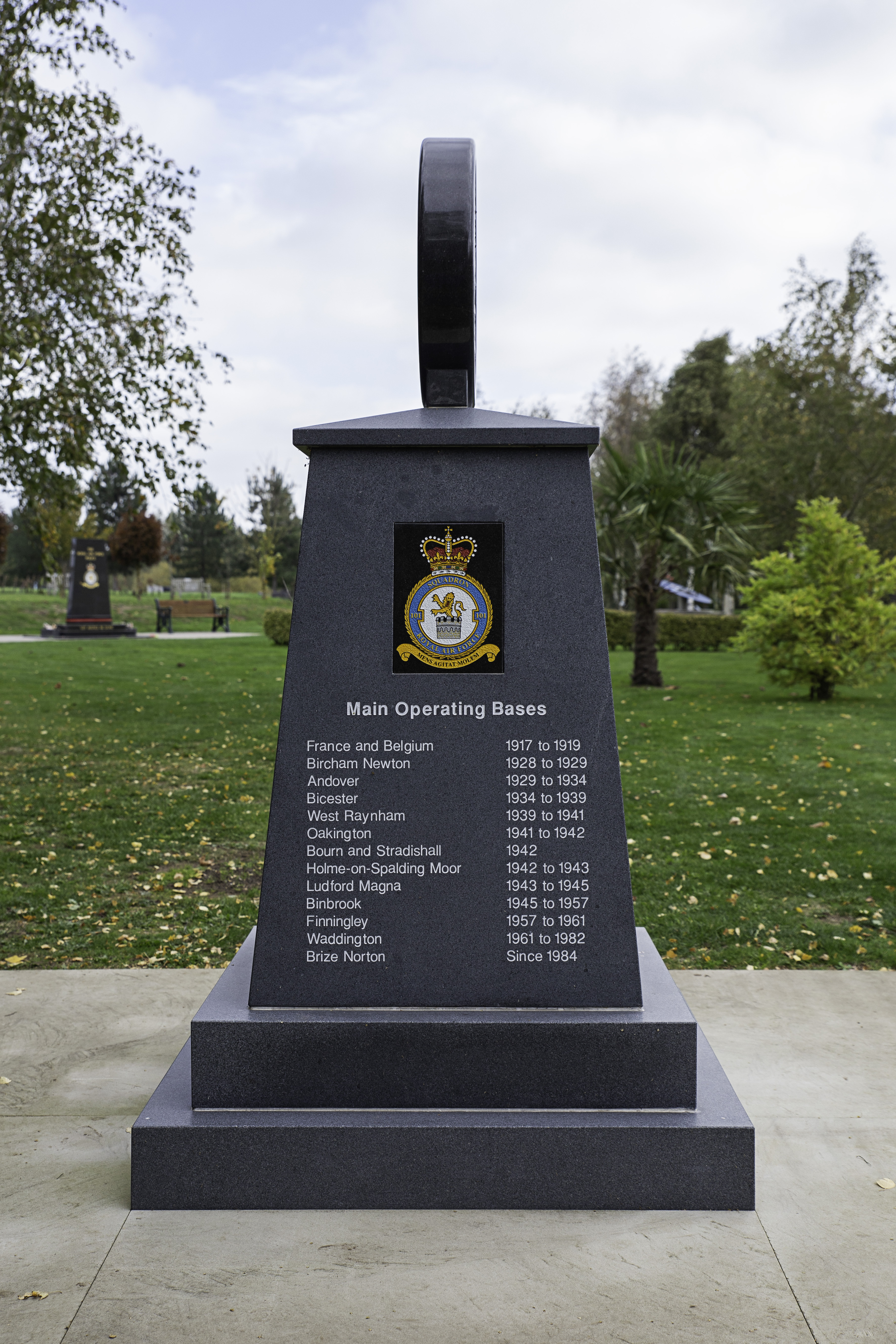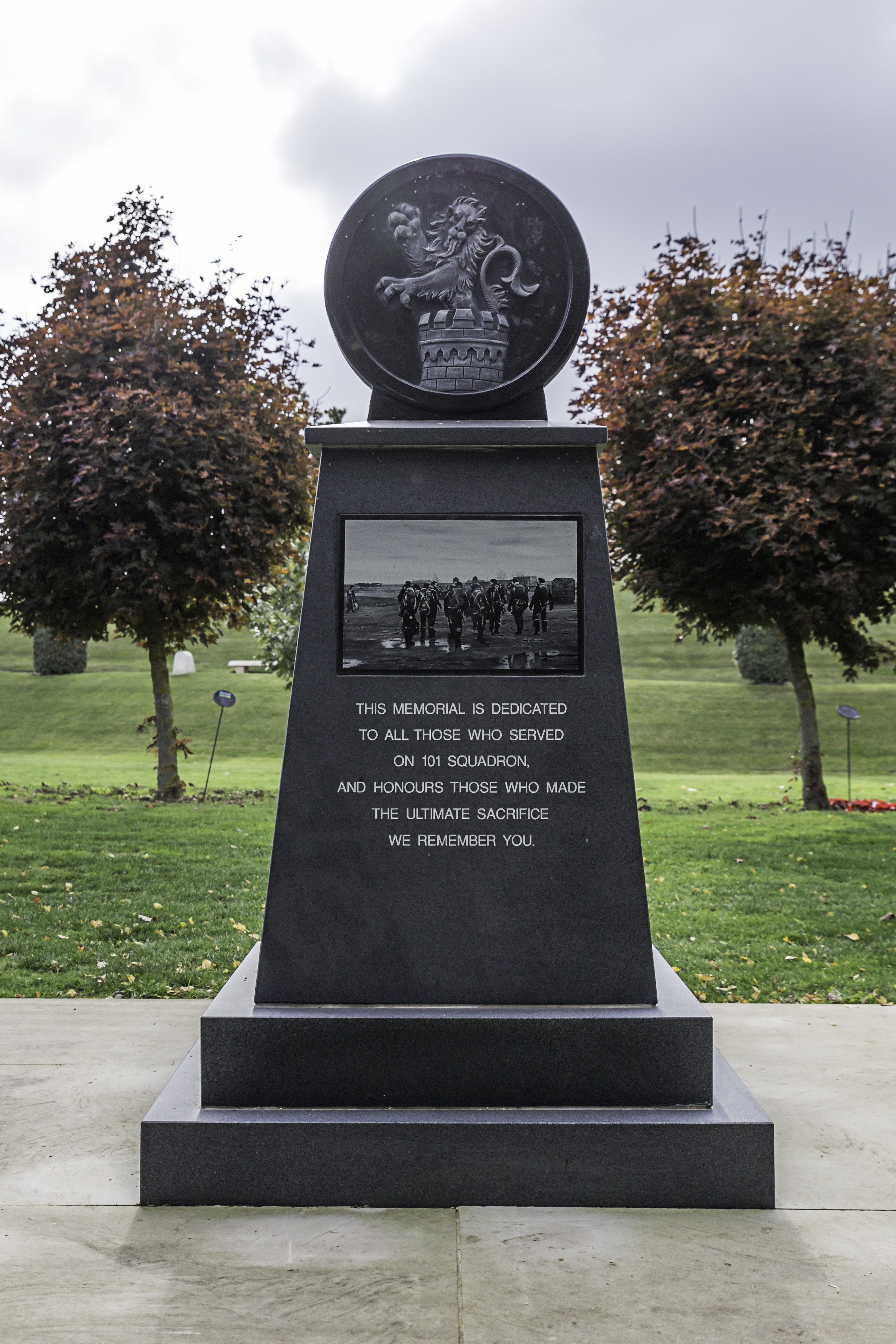| Donald was a young apprentice electrician at North Gawber Colliery near Barnsley at the start of World War II. He lived with his parents at Spark Lane, Mapplewell and dreamt of flying. As soon as he could, Donald left this job at the pit to train as a pilot in Canada and eventually join 101 Squadron Bomber Command at RAF Ludford Magna, Lincolnshire. At 6 feet 4 inches tall, Donald had been as physically ill-suited for work down a mine as he was for service in the confines of an aircraft. He could of course have sat out the war in relative peace as a colliery worker, a reserved occupation, but he had always wanted to fly. On his 13th mission, on 23 September 1943, Donald’s aircraft was hit by flak during a raid on Mannheim. He managed to get the aircraft back over the German-French border to Metz in France. Donald nursed the aircraft away from the densely-populated town but it eventually crashed in open ground. Two of the crew survived but the remainder, Donald included, were killed. The dead were quickly buried in secret by the French Resistance and after the war were re-interred together at Choloy War Cemetery near Toul in France. |
| Donald was just 20 when he died. Donald left behind grieving parents Hubert and Edith, and sisters, Eileen and Gloria. Donald was engaged to be married at the time of his death. Donald had written a letter to be given to his parents in the event of him being captured or killed. Written when he was just 19 and in training in Canada, he explained with amazing clarity his preparedness for whatever lay ahead: “It is a life of my own choosing and I have no regrets. The risks I run, I run cheerfully. I bear no malice and I look forward to everlasting peace. In the event of my being unfortunate, then that is too bad. I hope that I did not die in vain......I am now a Pilot Officer with Wings, serious work ahead. Waiting patiently for a boat to take me back to the land and people I love.” Donald closes the letter with the wish: “If no news is heard of me for two months, please consider me dead and do not mourn for me. I would hate that. Just carry on your normal life. Bear up...show the world you can take it. Do your utmost to win the war. Your Loving and Devoted Son and Brother and Friend, Donald.” People in the French village of Queuleu-Plantieres, where Donald’s aircraft crashed, had recovered bits of the mangled Lancaster. Some of this metal was fashioned into a badge which was eventually given to Donald’s family where it is kept as a reminder of Donald and his crew’s courage and sacrifice. The inscription reads “In homage to the British heroes. 23/09/1943.” |
